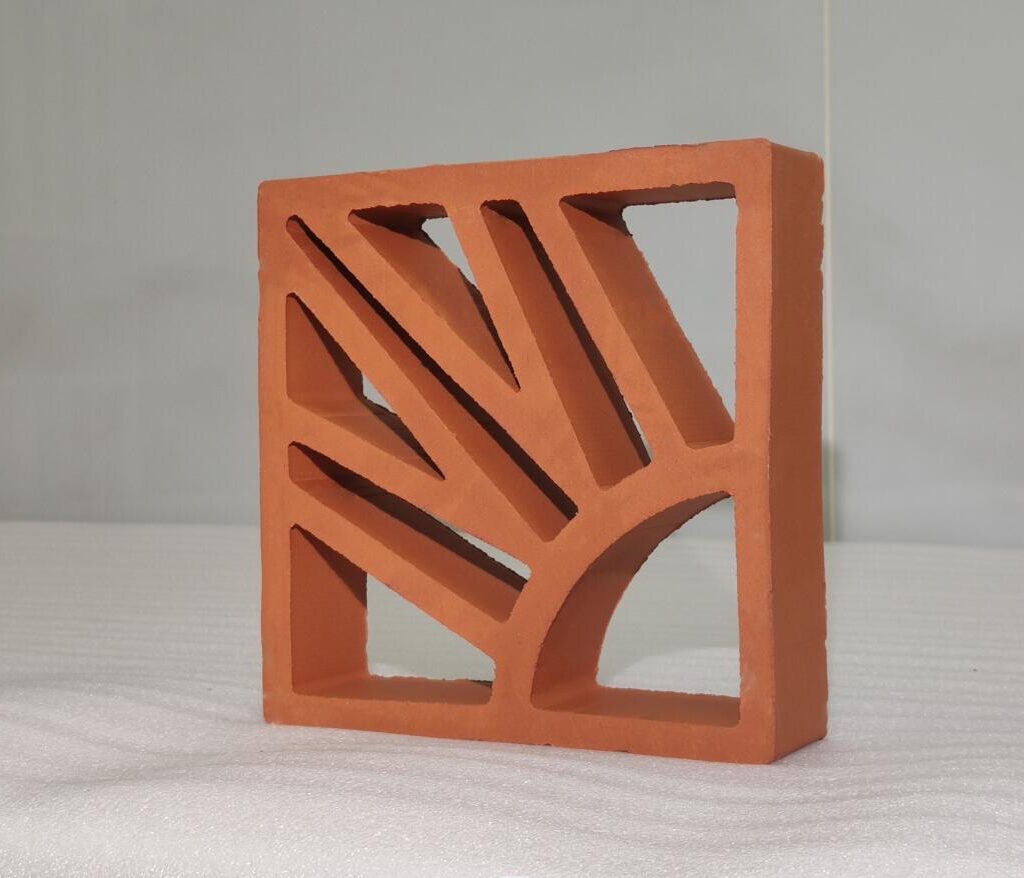The Renaissance of Terracotta in Modern Architecture: A Fusion of Tradition, Innovation, and Sustainability
Terracotta, with its rich history and multifaceted applications, has emerged as a cornerstone in the narrative of sustainable and innovative architecture. This ancient material, known for its durability, natural beauty, and versatility, has been reinterpreted in the form of Terracotta Breeze Blocks, Screen Blocks, and Jalis, offering a modern solution to architectural design that harmonizes aesthetic appeal with functional benefits. These elements not only enhance the visual allure of buildings but also contribute significantly to environmental sustainability, making them a preferred choice among forward-thinking architects and designers.

Revisiting the Environmental Impact of Building Materials
The construction industry has long been scrutinized for its environmental impact, with traditional building materials such as concrete and steel being major contributors to carbon emissions and resource depletion. In contrast, terracotta offers a greener alternative. Sourced from natural clay, its production process is less energy-intensive and produces minimal waste, making it a more sustainable choice. The use of terracotta in Breeze Blocks, Screen Blocks, and Jalis not only reduces the ecological footprint of buildings but also promotes a healthier indoor environment through natural ventilation and light diffusion.
The Aesthetic Versatility of Terracotta
Terracotta’s aesthetic versatility allows for a wide range of design possibilities, from the simplicity of geometric patterns to the complexity of organic motifs. This versatility enables architects to create unique, context-sensitive designs that respond to the specific cultural and environmental conditions of a site. The warm, earthy tones of terracotta bring a sense of warmth and connection to nature, enhancing the overall sensory experience of a space.
Cultural Resonance and Contemporary Relevance
The cultural significance of terracotta, particularly in the form of Jalis, underscores the deep historical roots of this material in architectural tradition. These ornamental lattice screens, which originated in South Asia and the Middle East, not only served practical purposes but also embodied profound cultural and religious meanings. The contemporary reinterpretation of Jalis in modern architecture reflects a respect for this heritage while addressing current needs for privacy, environmental control, and aesthetic diversity. This fusion of tradition and modernity exemplifies the dynamic and evolving nature of architectural design.
The Future of Sustainable Architecture
Looking ahead, the role of terracotta in sustainable architecture is set to expand. As the global community becomes increasingly aware of the need for environmentally responsible building practices, materials like terracotta that offer both sustainability and aesthetic appeal will be in high demand. The innovative use of Terracotta Breeze Blocks, Screen Blocks, and Jalis in passive cooling, natural lighting, and energy efficiency points to a future where architecture not only minimizes its environmental impact but also actively contributes to the well-being of its inhabitants.
The integration of terracotta elements into green building certifications and standards further highlights their importance in the pursuit of sustainability. By prioritizing materials that are renewable, recyclable, and energy-efficient, architects and builders can lead the way in creating buildings that are not only beautiful and functional but also environmentally conscious.
Conclusion
The resurgence of terracotta in contemporary architecture, particularly through the use of Terracotta Breeze Blocks, Screen Blocks, and Jalis, represents a compelling synthesis of aesthetic beauty, functional innovation, and environmental stewardship. This material, rooted in ancient tradition yet fully aligned with modern sustainability goals, offers a blueprint for the future of architecture—one that respects the past while boldly embracing the challenges and opportunities of the present and future. As we continue to explore and expand the possibilities of terracotta, we can look forward to a built environment that harmonizes with nature, enriches our cultural landscape, and fosters a sustainable relationship with our planet.

